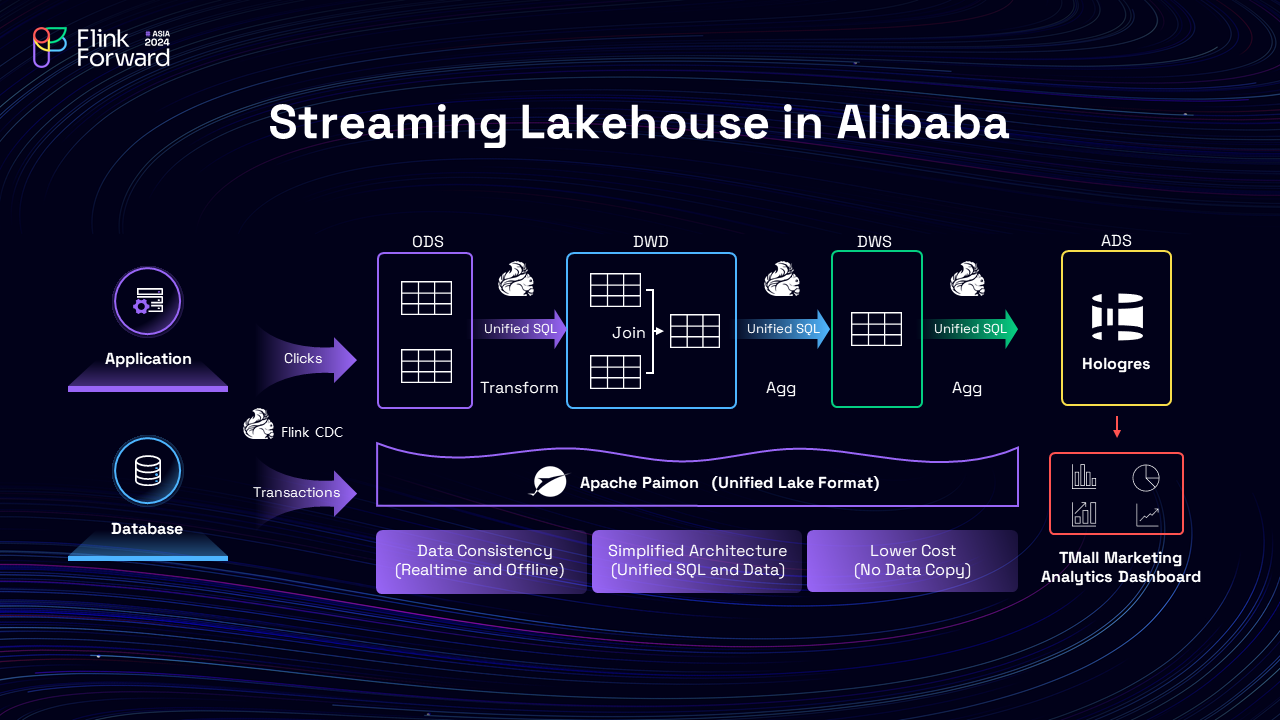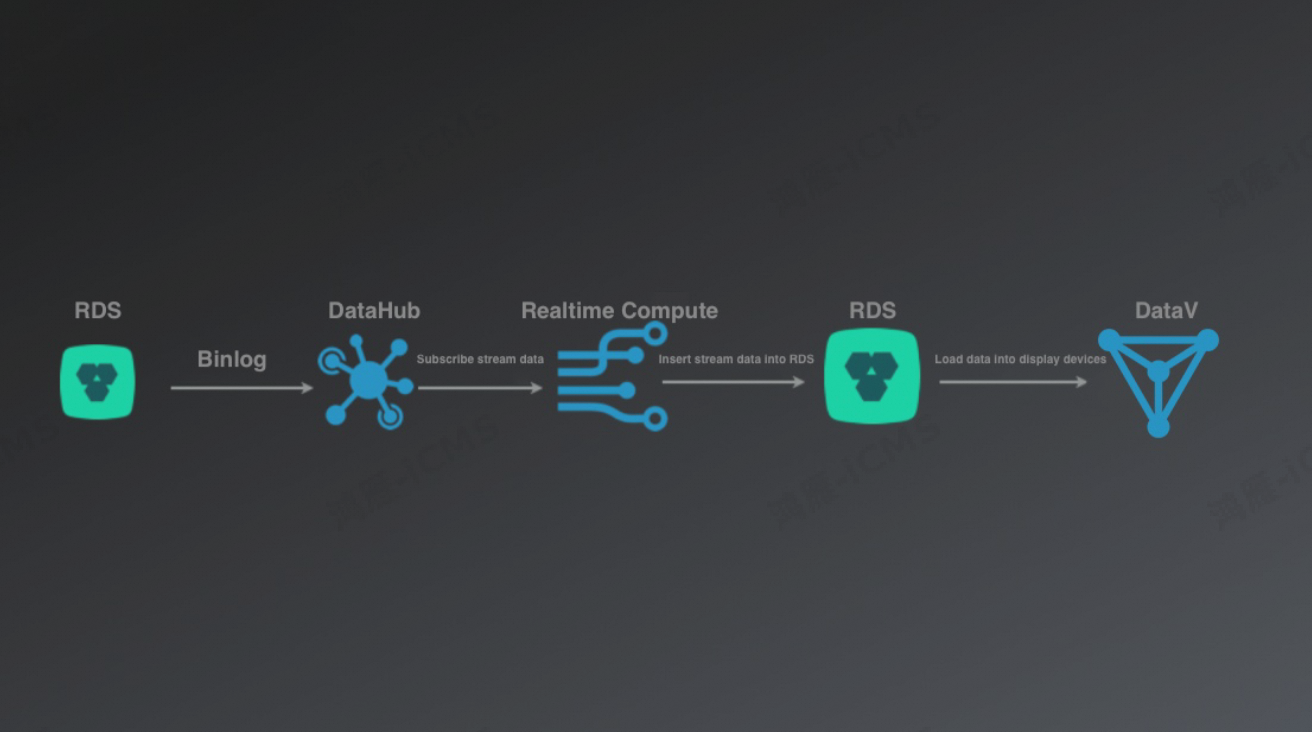In today’s fast-paced retail and e-commerce landscape, delivering personalized recommendations is no longer a luxury—it’s a necessity. Consumers expect tailored experiences, and businesses that fail to meet these demands risk losing engagement and revenue. Apache Flink, a leading real-time data processing engine, has emerged as a game-changer for enterprises aiming to harness real-time insights to drive personalized recommendations. Here’s how Flink enables retailers and e-commerce platforms to stay ahead in the race for customer loyalty.
Personalization thrives on immediacy. A customer who browses a product today expects recommendations to reflect that interaction instantly. Traditional batch-processing systems, which analyze data hours or days later, fall short in capturing real-time user behavior. This gap is where Apache Flink shines.
Flink ingests streaming data from user interactions (e.g., page views, search queries) and instantly identifies patterns. For example, if a user repeatedly views hiking gear, Flink triggers recommendations for related products like boots or backpacks within the same session .
Below are some examples of how the eCommerce and retail industries leverage Apache Flink:

Flink integrates with inventory systems to recommend in-stock items. During flash sales, this prevents suggesting out-of-stock products, enhancing user trust .
Alibaba uses Apache Flink to update product details and inventory information in real-time, ensuring recommendations dynamically reflect stock availability and user behavior. This approach reduces latency to milliseconds, improving search relevance and customer satisfaction .
E-commerce company employs Flink to process clickstream data and trigger promotions during flash sales or live events (e.g., stock replenishment, cart abandonment). By analyzing real-time user actions, the system activates personalized offers, driving immediate engagement and sales . Flink’s state management and low-latency processing enable rapid adjustments to pricing or discounts based on inventory or demand fluctuations .
BFlink’s real-time transaction processing allows retailers to identify cross-sell opportunities by analyzing purchase patterns. For example, a company processes millions of daily transactions to recommend complementary products (e.g., suggesting phone cases when a user buys a phone), increasing average order value . Flink’s integration with machine learning models also enables dynamic bundling strategies, such as offering discounts on related items during checkout
Apache Flink has been widely adopted by leading retail and e-commerce enterprises to address real-time data challenges, enhance customer experiences, and optimize operations. Below are expanded examples of its successful implementations:
Alibaba leverages Apache Flink to power its real-time dashboards during the annual Double 11 shopping festival. These dashboards process billions of events per second, providing live updates on metrics like order volume, transaction amounts, and user activity. Flink's low-latency capabilities ensure seamless updates for both internal monitoring and customer-facing displays, enabling rapid decision-making during peak traffic .

In 2024, Alibaba upgraded to a Flink + Paimon architecture, unifying stream and batch pipelines with a single SQL query. This innovation allows Alibaba’s BI team to define real-time and offline workflows simultaneously using one SQL script, eliminating redundant data copying across systems (e.g., Kafka to Hive). The unified architecture reduces complexity, cuts costs, and maintains real-time performance while centralizing data storage. This approach underscores Flink’s scalability and Paimon’s efficiency in handling petabyte-scale data during high-stakes global events like Double 11.

Gegejia, uses Flink to generate real-timepage view (PV) and unique visitor (UV) curves for e-commerce platforms.pdf). This helps track user engagement and campaign effectiveness. Additionally, Flink enables dynamic coupon issuance during promotions (e.g., Double 11) by monitoring user spending in real time. When thresholds are met, refund coupons are automatically triggered, boosting sales and customer retention .

Southeast Asia’s leading e-commerce platform, Shopee, employs Flink for large-scale stream-batch unified processing. Flink optimizes real-time order tracking, inventory updates, and resource allocation. Shopee also integrates Flink with Hudi for efficient data lake management, enhancing real-time analytics and reducing latency in supply chain operations .
eBay adopted Apache Flink to enhance its monitoring platform, Sherlock.IO, addressing challenges in real-time log and event data processing at scale. By leveraging Flink’s stream processing capabilities, eBay achieved low latency (milliseconds) and high throughput for analyzing massive log streams and metrics, enabling real-time evaluation of thousands of customizable alert rules to detect anomalies and ensure system stability . This integration eliminated inefficiencies in traditional batch-oriented monitoring systems, allowing instant responses to infrastructure issues (e.g., server failures or performance degradation) and reducing downtime risks. Flink’s scalable architecture supported eBay’s dynamic data volumes, while its fault-tolerant state management ensured reliability in mission-critical operations. The outcome included improved operational efficiency, enhanced real-time visibility into system health, and reduced incident resolution times, ultimately strengthening the reliability of eBay’s e-commerce services .
Flink’s native stream-first architecture enables millisecond-level latency, a critical edge for time-sensitive retail operations. For example, during Alibaba’s Double 11 shopping festival, Flink processes billions of events per second to update real-time dashboards tracking sales, inventory, and user engagement . Alternatives like Spark Streaming rely on micro-batching, introducing inherent delays (seconds to minutes), which are insufficient for dynamic pricing, flash sales, or fraud detection scenarios where split-second decisions matter .
Flink’s batch-stream unification eliminates the complexity of maintaining separate systems for historical and real-time data. Retailers like Shopee use Flink to unify order tracking (stream) and inventory reconciliation (batch) into a single pipeline, reducing infrastructure costs and accelerating insights . In contrast, Spark’s separate APIs (Spark Streaming vs. Spark SQL) require redundant code and increase operational overhead .
Flink’s stateful processing and exactly-once semantics ensure accuracy in mission-critical workflows. For instance, JD.com uses Flink to maintain user session states for personalized recommendations, while Meituan tracks delivery driver locations in real time to optimize logistics . Competing tools like Kafka Streams lack built-in state management, forcing developers to integrate external databases, which introduces latency and complexity .
Flink excels in real-time inventory management, a cornerstone of retail efficiency. In unmanned supermarkets, Flink processes IoT sensor data, purchase events, and supplier feeds to trigger automatic restocking, predict demand spikes, and prevent stockouts . Traditional batch systems (e.g., Hadoop MapReduce) cannot handle such dynamic scenarios, leading to overstocking or missed sales opportunities .
Flink’s low-latency analytics powers hyper-personalized experiences. Platforms like Kuaishou use Flink to adjust live-stream promotions in real time based on viewer interactions (e.g., clicks, cart additions), boosting conversion rates by 20–30% . Spark’s micro-batching struggles with iterative model updates required for real-time recommendation engines .
Flink’s distributed snapshots and automatic recovery ensure uninterrupted operations during peak loads. Gegejia relies on Flink’s fault tolerance to maintain coupon issuance systems during traffic surges, avoiding revenue loss from system failures . Alternatives like Storm lack native exactly-once guarantees, risking data duplication in payment or order systems .
Flink integrates effortlessly with tools like Kafka (for event ingestion), Hudi (for data lake management), and Redis (for caching), creating end-to-end pipelines. For example, Bilibili combines Flink with Kafka to analyze user behavior and deliver tailored e-commerce content within seconds . Spark’s reliance on HDFS for storage introduces latency bottlenecks in real-time workflows .
For retail and e-commerce businesses, a modern real-time architecture powered by Apache Flink enables transformative use cases like dynamic recommendations, inventory-driven promotions, and behavioral analytics. Below is a detailed architecture diagram and technology stack breakdown, supported by industry implementations from Alibaba, Shopee, and others.
Components:
Key Technologies:
Core Flink Features for Retail:
Use Case Implementations:
| Use Case | Flink Components | Example |
|---|---|---|
| Real-Time Behavioral Analysis | DataStream API + CEP |
Bilibili analyzes video-to-ecommerce click paths |
| Dynamic Inventory-Driven Recs | Stateful Streams + ML Integration |
Unmanned supermarkets restock via IoT+Flink |
| Event-Triggered Promotions | CEP + Rule Engine |
Meituan issues coupons on cart abandonment |
| Cross-Sell/Upsell | Session Windows + Collaborative Filtering |
Alibaba’s "Frequently Bought Together" |
Real-Time State Stores:
Analytical Databases:
Feature Stores:
Real-Time Activation Channels:
| Challenge | Solution |
|---|---|
| High Cardinality User States | Sharding with KeyedStream + offloading to HBase |
| Late-Arriving Data |
Watermarks + allowed lateness in windows |
| ML Model Freshness | Online learning with Flink ML + feature versioning |
| Cross-Dataset Joins |
Async I/O for Redis/HBase lookups |
For decision-makers and architects, Apache Flink represents more than a technical tool—it’s a strategic asset. By enabling real-time personalization, businesses can:
As retail and e-commerce evolve, platforms that leverage Flink’s capabilities will lead in delivering seamless, dynamic experiences. From Alibaba’s scale to agile startups, Flink is proving that in the race for personalization, speed and precision are everything.
Explore how Apache Flink can transform your recommendation strategy today. Visit Alibaba Cloud's website for more information and to get started with a Free Trial of Flink and Paimon on the Alibaba Cloud today.
Further Reading:
Apache Flink FLIP-2: Context-Aware Window Functions for Real-Time Analytics

206 posts | 54 followers
FollowNeel_Shah - August 27, 2025
Apache Flink Community - March 7, 2025
Lana - April 14, 2023
Apache Flink Community - August 21, 2025
Apache Flink Community - August 14, 2025
Alibaba Cloud Community - July 25, 2022

206 posts | 54 followers
Follow Realtime Compute for Apache Flink
Realtime Compute for Apache Flink
Realtime Compute for Apache Flink offers a highly integrated platform for real-time data processing, which optimizes the computing of Apache Flink.
Learn More MaxCompute
MaxCompute
Conduct large-scale data warehousing with MaxCompute
Learn More Message Queue for Apache Kafka
Message Queue for Apache Kafka
A fully-managed Apache Kafka service to help you quickly build data pipelines for your big data analytics.
Learn More Real-Time Livestreaming Solutions
Real-Time Livestreaming Solutions
Stream sports and events on the Internet smoothly to worldwide audiences concurrently
Learn MoreMore Posts by Apache Flink Community